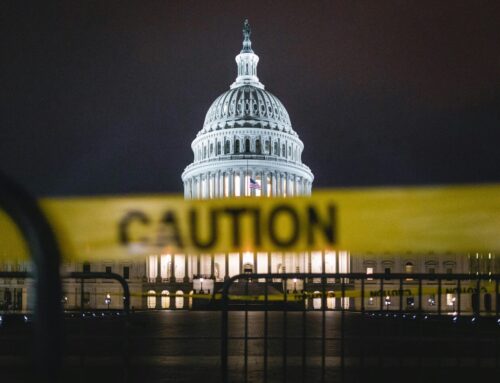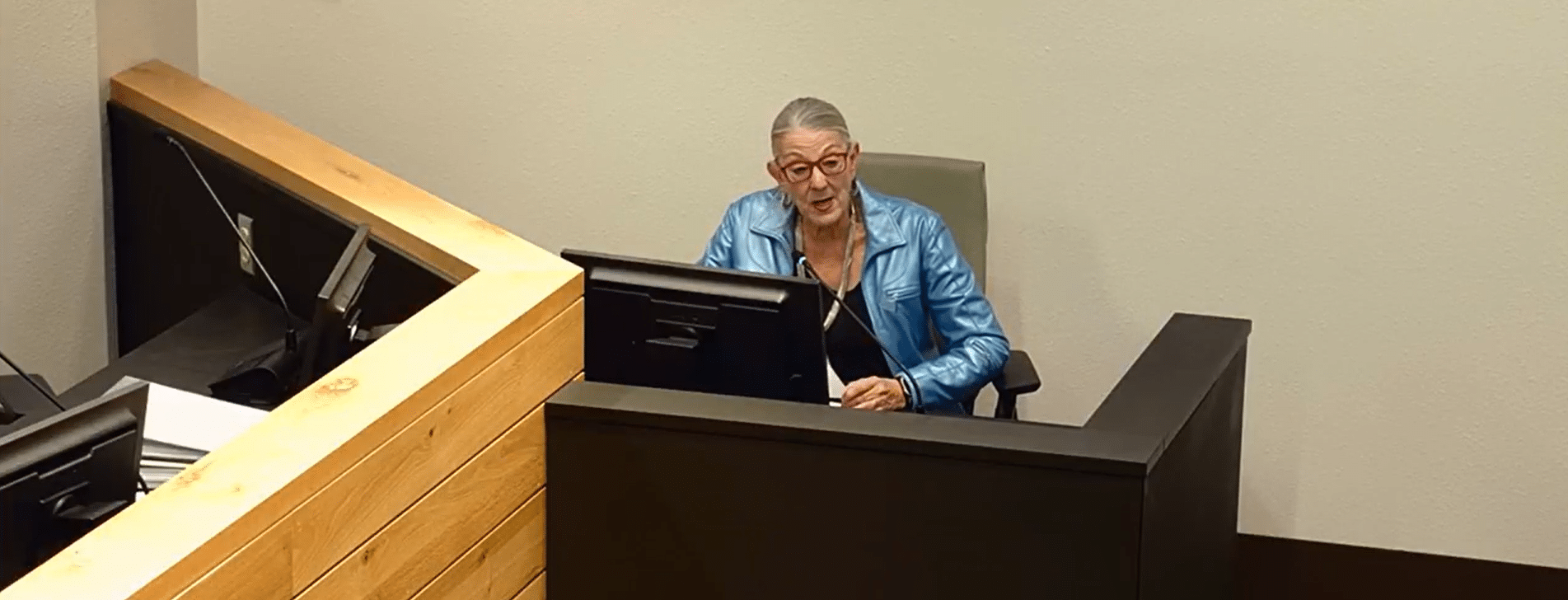We watched President Trump’s first SOTU address last night and, as always, couldn’t but help think of the details and ask who’s paying and how. To that end, please find below a statement from Ryan Alexander, president of Taxpayers for Common Sense:
The State of the Union is an opportunity for every president to talk up accomplishments. So I’m not at all surprised — and to be clear, this is an observation, not a criticism — that President Trump’s remarks last night only focused on positive anecdotes, such as a happy stock market and the growth in manufacturing jobs.
But putting a shine on something doesn’t make it successful. After decades of research, we know there is no such thing as “beautiful, clean coal.” Because there isn’t anything attractive about the subsidies that taxpayers have provided the industry. And we can’t help being picky when it comes to defense spending — there is no defense sequester. Congress set spending limits, but amending them — as they have thrice — Congress avoids sequester. But taxpayers can’t avoid Pentagon waste and overages.
We were especially unconvinced when the president highlighted relief, with echoes of some of the salesmanship we saw before the tax cut package passed — complete with broad brush strokes and talk of averages. Missing from the speech was any recognition of our current fiscal reality.
The tax bill put the fiscal starting line is more than a $1 trillion in the red. Any new extraordinary investments — and lots of ordinary ones — will be deficit financed. No model suggests that economic growth will replace the revenue lost by the tax cuts.
That, in turn, makes the later part of the speech even more concerning — a $1.5 trillion infrastructure investment. How is that going to be paid for? American heart, American hands, American grit …. and American tax dollars? How do Congress and the president plan to leverage private investment? After abandoning his promise that Mexico will pay for his wasteful and unnecessary border wall, we’re skeptical investments will be made in a thoughtful and affordable way.
The State of the Union is an appropriate place for vision and plans for the future. But neither becomes a reality without details or dollars that will come out of the taxpayer’s pocket. The fiscal starting point established by the tax cut package means that any extraordinary investments will be deficit financed, increasing the debt, the costs of our debt service, and leaving future politicians — and generations of taxpayers — figuring out how to pay for it.
— Ryan Alexander, president of TCS










